Nice job Geordie and Vern.
Search the universe with qbsolv
Want to fool around with some quantum-ish computing? D-Wave has open sourced a software tool that prepares optimisation problems to run on its hardware.
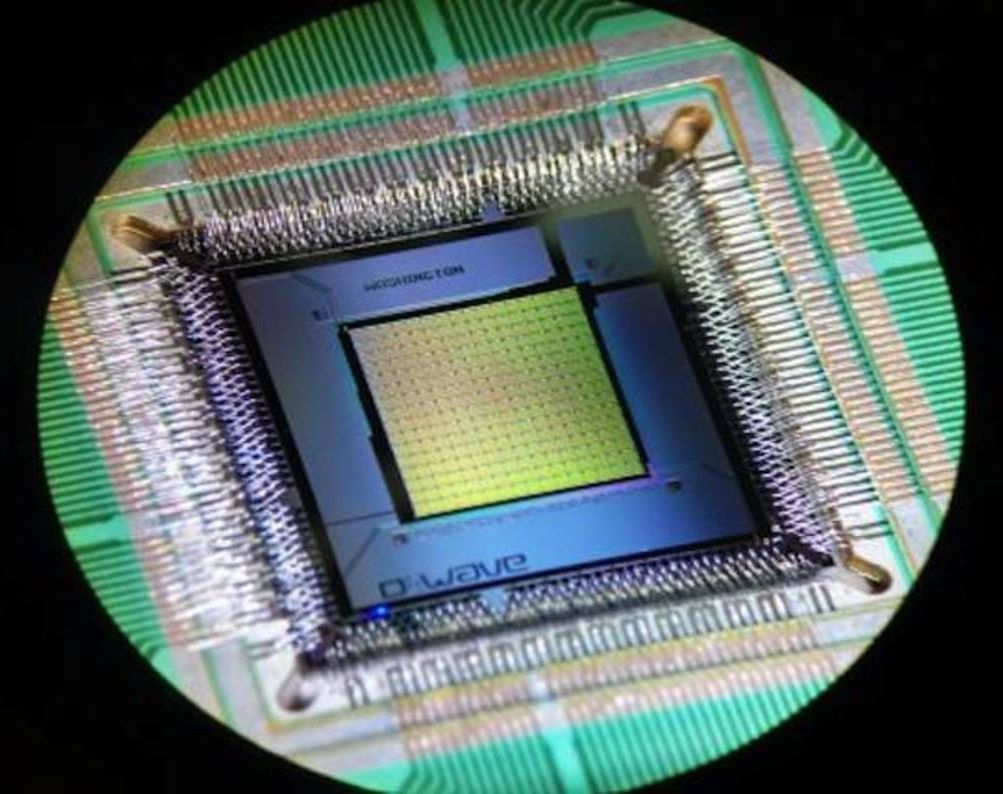
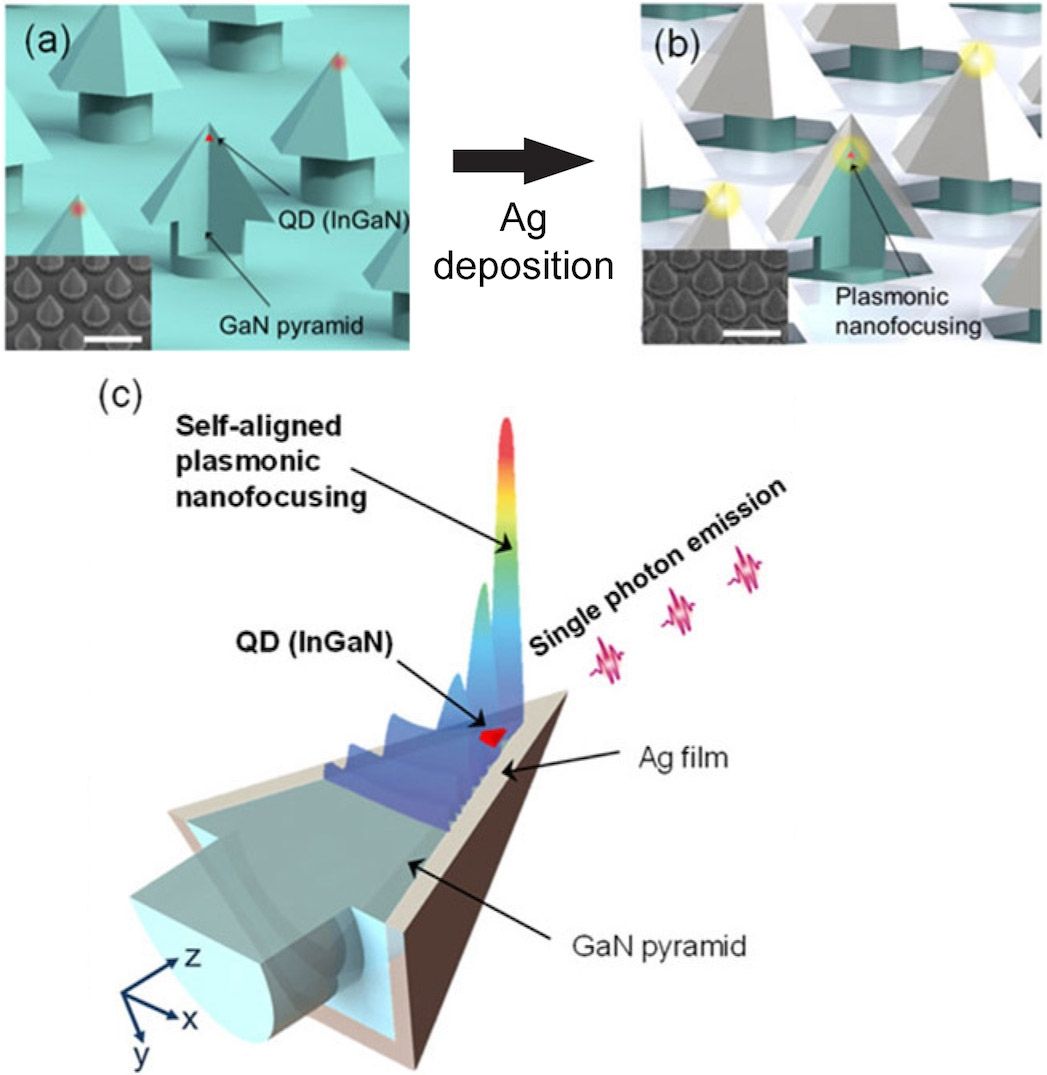
Novel structures exhibit highly directional emission and provide a template for site-controlled quantum dots and self-aligned nanophotonic cavities.
![]()
Semiconductor quantum dots (QDs) are thought to be a promising candidate for a single-quantum emitter in on-chip systems because of their well-developed growth and fabrication techniques. Semiconductor QDs, however, have a number of inherent limitations that need to be overcome before they can be used in practical applications. For example, QDs in semiconductors are strongly affected by elements (e.g., phonons) in the surrounding environment, which results in short nonradiative decay times and rapid dephasing processes. Despite the high intrinsic radiative decay rates of semiconductor QDs compared with those of other single-quantum emitters (such as atoms and ions), the radiative decay rate needs to be further increased so that these fast nonradiative and dephasing processes can be overcome. Furthermore, the collection efficiency of the light that is emitted from conventional QDs embedded in a high-index planar substrate is typically low (about 4%).

The University of Queensland Australia has done subsequent studies on time travel, its possibility aspects, and components. According to in-depth studies from the University, time travel is a possibility. The scientists used single particles of light photons to simulate quantum particles that travel through time. The study indicated that modern physics has strange aspects that were explained by Professor Timothy Ralph. Quantum particles are made up of fuzzy or uncertain components that make it possible for them to wiggle around and thus avoid inconsistent time travel situations. Therefore, nature behaves differently making the impossible possible.

Microsoft has been on a quest to build the holy grail of computers for over a decade, dumping tons of money into researching quantum computing and the company says they are ready to transition over to the engineering phase of their endeavor. At least that’s what MS executive Todd Holmdahl aims to accomplish by developing the hardware and software to do so.
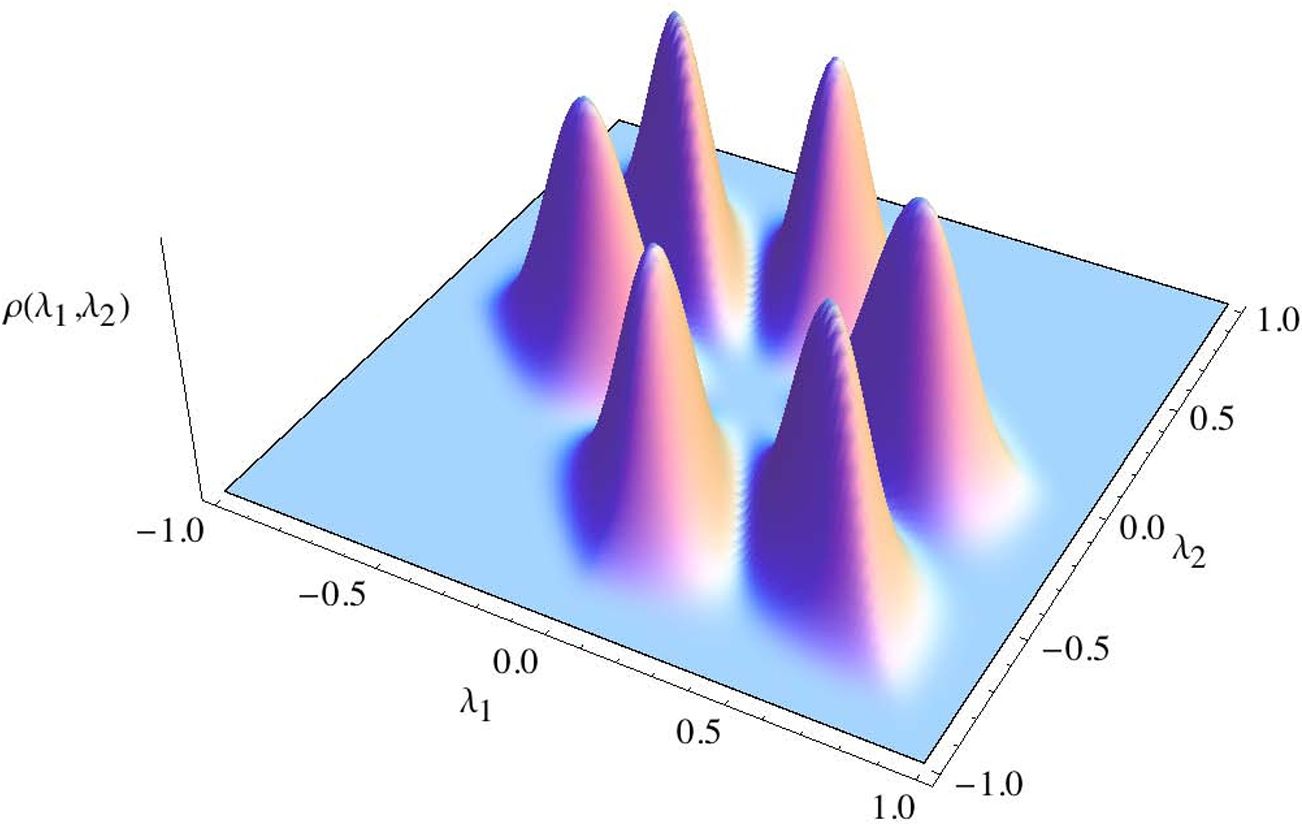
How do 2 random mix Quantum States look like in a graphics image? Pretty.
Today’s Image of the Week comes from a study of The difference between two random mixed quantum states: exact and asymptotic spectral analysis from the Universidad de los Andes and ETH Zürich. In this recent JPhysA paper, José Mejía, Camilo Zapata and Alonso Botero investigate the spectral statistics of the difference of two density matrices, each of which is independently obtained by partially tracing a random bipartite pure quantum state. Their results make it possible to quantify the typical asymptotic distance between the two random mixed states using various distance measures.
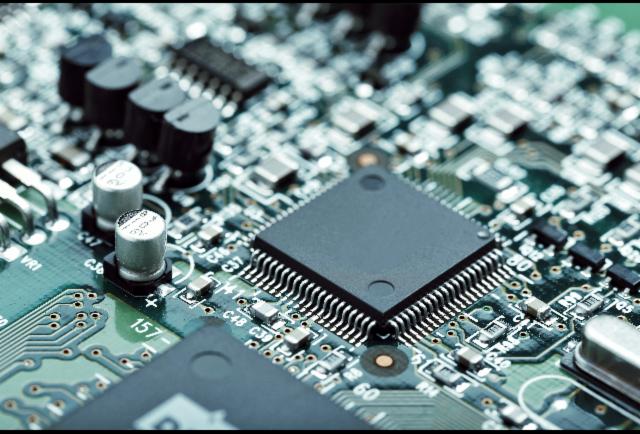
Not sure where the author got his messaging on AI and QC (namely AI more fluid and human like due to QC); but it sounds a lot like my words. However, there is one lost piece to the AI story even with QC to make AI more human like and that is when you have Synbio involved in the mix. In fact I can not wait to see what my friend Alex Zhavoronkov and his team does with QC in his anti-aging work. I expect to see many great things with QC, AI, and Synbio together.
Nonetheless, I am glad to see others also seeing the capability that many of us do see.
Applications of Artificial Intelligence In Use Today
Beyond our quantum-computing conundrum, today’s so-called A.I. systems are merely advanced machine learning software with extensive behavioral algorithms that adapt themselves to our likes and dislikes. While extremely useful, these machines aren’t getting smarter in the existential sense, but they are improving their skills and usefulness based on a large dataset. These are some of the most popular examples of artificial intelligence that’s being used today.
#1 — Siri
Everyone is familiar with Apple’s personal assistant, Siri. She’s the friendly voice-activated computer that we interact with on a daily basis. She helps us find information, gives us directions, add events to our calendars, helps us send messages and so on. Siri is a pseudo-intelligent digital personal assistant. She uses machine-learning technology to get smarter and better able to predict and understand our natural-language questions and requests.
https://www.youtube.com/watch?v=2D4OZqtIJMU
Aubrey and Kurzweil.
Don’t miss new Futurology videos! Subscribe by clicking here : https://goo.gl/wzFPRK
Enchance your focus and concentration like you never thought possible : http://bit.ly/2iPoRWl
Watch other videos :
This Is How Quantum Computing Will Change The World: https://youtu.be/0Hlssbyc49o
This Is How Artificial Intelligence Will Change The World: https://youtu.be/ngt9O_fojbc
Ray Kurzweil: The Singularity Is Near: https://youtu.be/zA80t6ZSRzo
Michio Kaku & Ray Kurzweil: The World In The Future: https://youtu.be/dgRSomj2VkU

Another example where we will see a convergence of tech and bio especially as we emerge QC forward and synbio technology such as gene/ cell circuitry. We are finding so many synergies between Quantum and bio including the brain/ neuro networking, cell technology, human framework and pathways, etc. My guess when we mature these fields along with the minerals fiend we will began to wonder why we didn’t figure this out sooner.
New technique illuminates role of previously inaccessible proteins involved in health and disease.
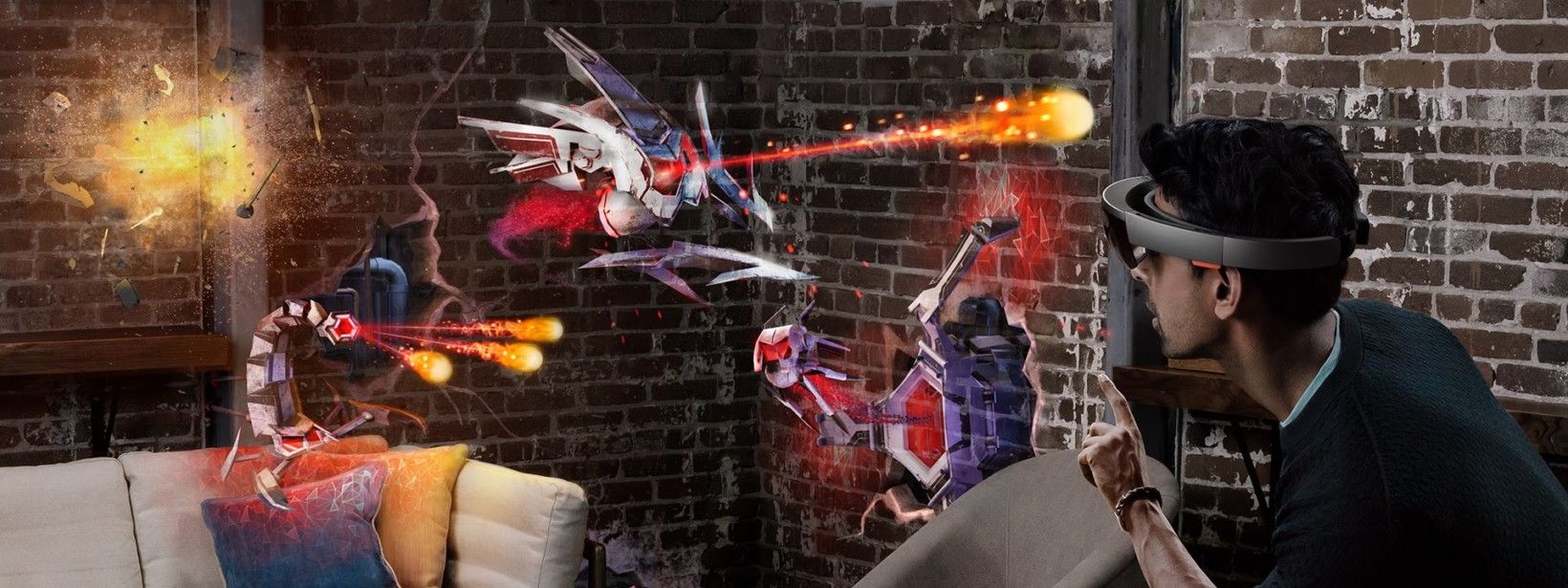
Quantum will be the most important technology in 2017; as it will touch everything as well as change everything. Until we see a better integration of AR in Enterprise Apps, platforms, and published services; AR like VR will remain a niche market gadget.
I do know companies like Microsoft, SAP, and Oracle have been looking at ways to leverage AR in their enterprise platforms and services such as ERP and CRM as well as Big Data Analytics; however, to see the volume of sales needed to make VR or AR have staying power on a large scale; the vendors will need to it a pragmatic useful device on multiple fronts. And, yes it is great that we’re using VR and AR in healthcare, defense, engineering, and entertainment (includes gaming); we just need to make it an every consumer device that people canot live with out.
2016 has been a remarkable year that’s brought continued growth and awareness to the worlds of Augmented, Virtual and Mixed Reality. Set to become a $165 Billion dollar industry by 2020, there’s still a common question that lingers among many newcomers trying to understand this fast moving digital phenomena we are just beginning to watch evolve: What’s the difference between them and how will it impact the digital world as I currently know it?
Before we jump into the mind-blowing future Mixed Reality is set to usher in over the course of 2017, let’s first discuss the distinctions between Virtual and Augmented Reality. Their technologies are very similar but have some fundamental differences.
TNW is at CES 2017! Get the low-down on the latest and most insane tech being showcased in Las Vegas.
